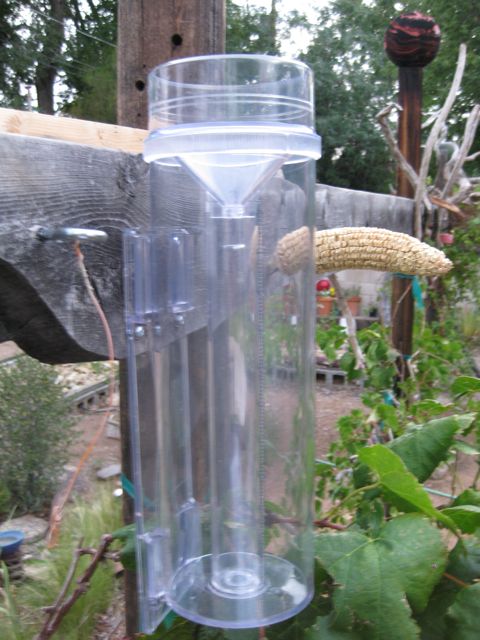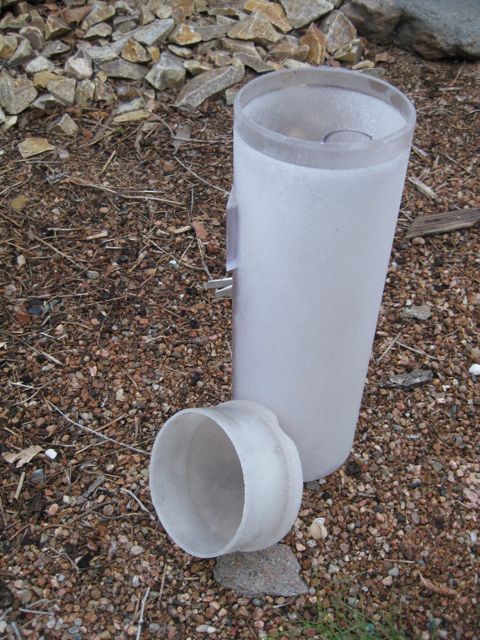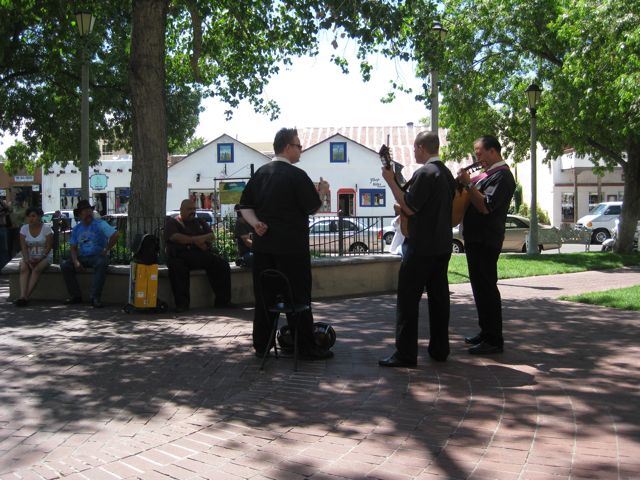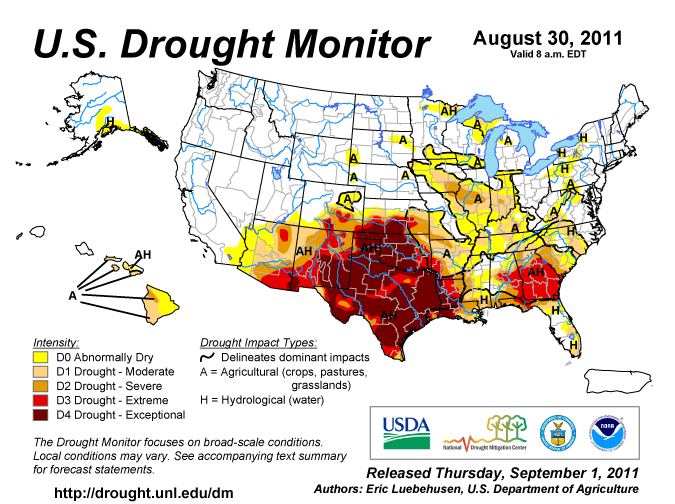The question of how much water we’ll need in the Southwest going forward is dominated by uncertainty over what future population growth will look like. And I confess that I’ve got no earthly idea how to think well about this question.
Consider Phoenix. In his new ebook The Gated City , Ryan Avent argues that Phoenix is an exceedingly unpleasant place to live. Population growth in Phoenix, Avent argues, has been fed primarily by the fact that people would rather live elsewhere because Phoenix is so frickin’ hot, but can’t because the places they’d rather live are so frickin’ expensive:
, Ryan Avent argues that Phoenix is an exceedingly unpleasant place to live. Population growth in Phoenix, Avent argues, has been fed primarily by the fact that people would rather live elsewhere because Phoenix is so frickin’ hot, but can’t because the places they’d rather live are so frickin’ expensive:
[C]onsider Phoenix. Arizona is a beautiful state, but the Phoenix area is less climatically diverse than coastal California; it can not uncharitably be described as a desert. For fully a third of the year, temperatures above 100 degrees are commonplace.
San Francisco’s weather, meanwhile, is lovely, Avent argues. So why, he asks, have people been leaving the San Franciscos of the world and flocking to Phoenix? Cost of living, and, in particular, “the exorbitant price of housing in the Bay Area.”
Supply and demand – here’s housing starts in Phoenix and San Francisco MSAs:

San Francisco, Phoenix housing starts
My point here is orthogonal to Avent’s central argument, which has to do with urban economies in the United States (and is really interesting, I recommend the book). My question has to do with what happens next to that blue Phoenix housing construction line and others like it all over the southwest.
A new report out of Arizona State University’s Morrison Institute argues that we should expect the blue line to begin rising again, and that therefore water policy makers need to act accordingly. The Institute hired Marshall Vest at the University of Arizona to revisit population projections he made three years ago in light of the recent drop in the blue line above:
It is clear … that population growth has dramatically slowed. But whether the trend line has changed slope, or just suffered a blip, is not entirely clear. Vest’s 2008 projections for Maricopa, Pima, and Pinal counties called for 10.1 million residents in 2040 as the “most likely” population projection.
The “low” scenario was 8.9 million. The new projection is for a “most likely” 9.0 million—virtually identical to the old “low” number. Vest concludes that overall population growth will ultimately return to the Sun Corridor at about a 2% annual rate from 2015 to 2040. Net migration—people moving into the Sun Corridor minus those moving out—will return to an “average” of 80,000 per year by 2015. In March 2011, census data was released showing that from 2000 to 2010 Arizona’s population grew by 25%, but housing supply increased by 30%. Housing stats have tended to be viewed as a proxy for population growth, leading in this decade to an overestimate. Phoenix, which had touted itself as the fifth largest city in the country, fell back below Philadelphia when the numbers were counted.
Despite the slowdown, the projection of a 9 million person Sun Corridor by 2040 remains the most likely possibility.
As I said earlier, I have absolutely no idea how to think about the question of what happens next, other than thinking it’s a dominating uncertainty.
update: Eli makes a good point in the comments that suggests I’ve chosen data poorly in the graph above, but I don’t thin it invalidates the underlying point. Rather than single-family housing (as seen above) here is all housing. It shows the same pattern. Avent’s argument is that zoning choices, rather than underlying real estate availability, is what’s driving the shape of these curves:

Phoenix v. San Francisco - all housing starts








